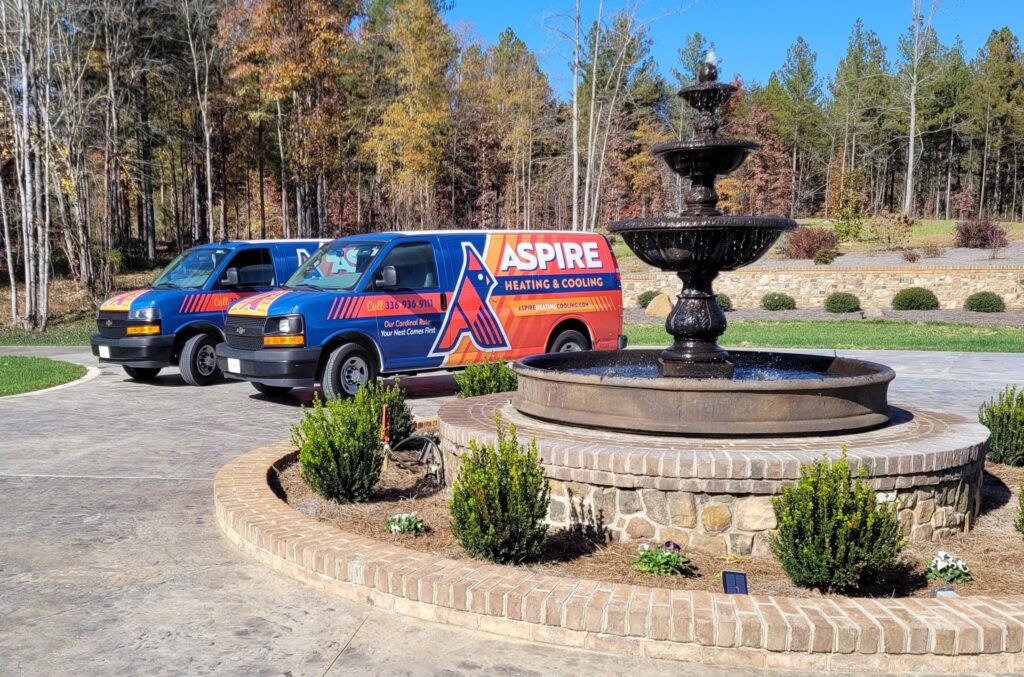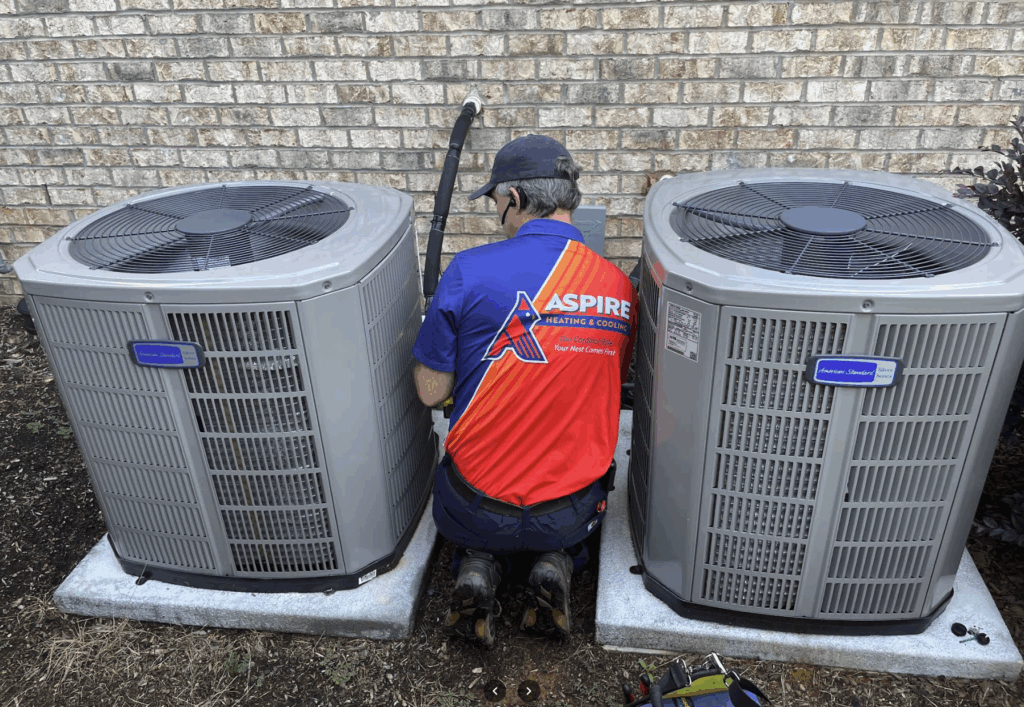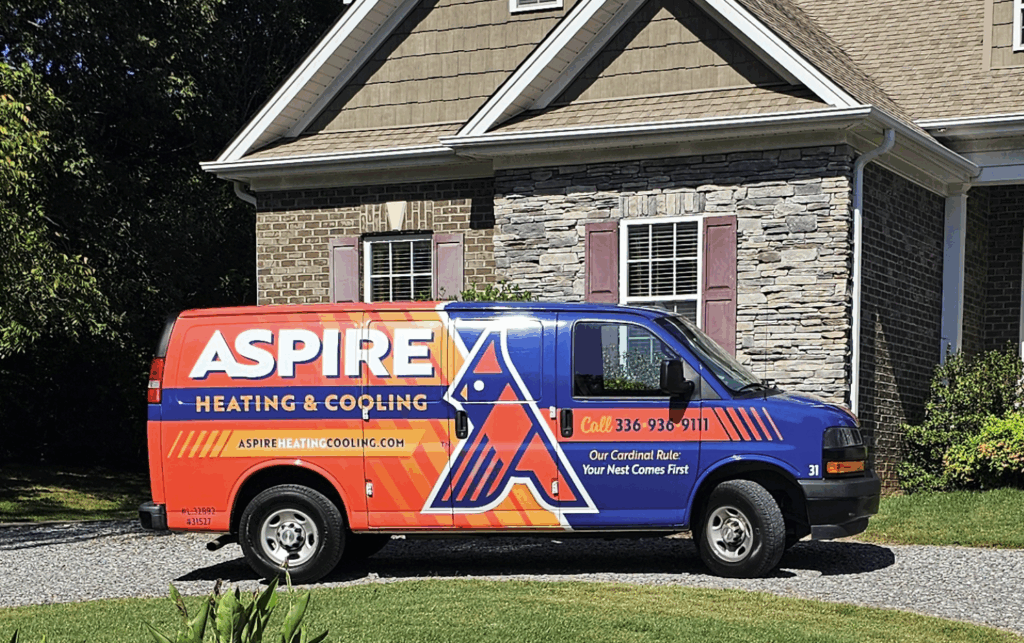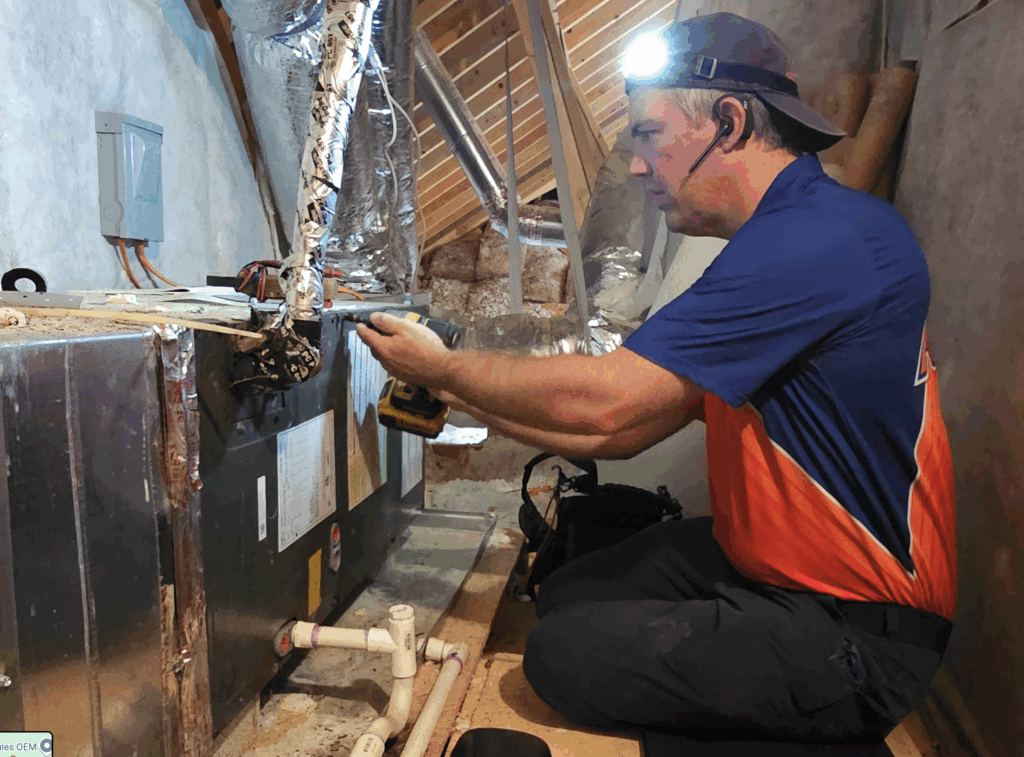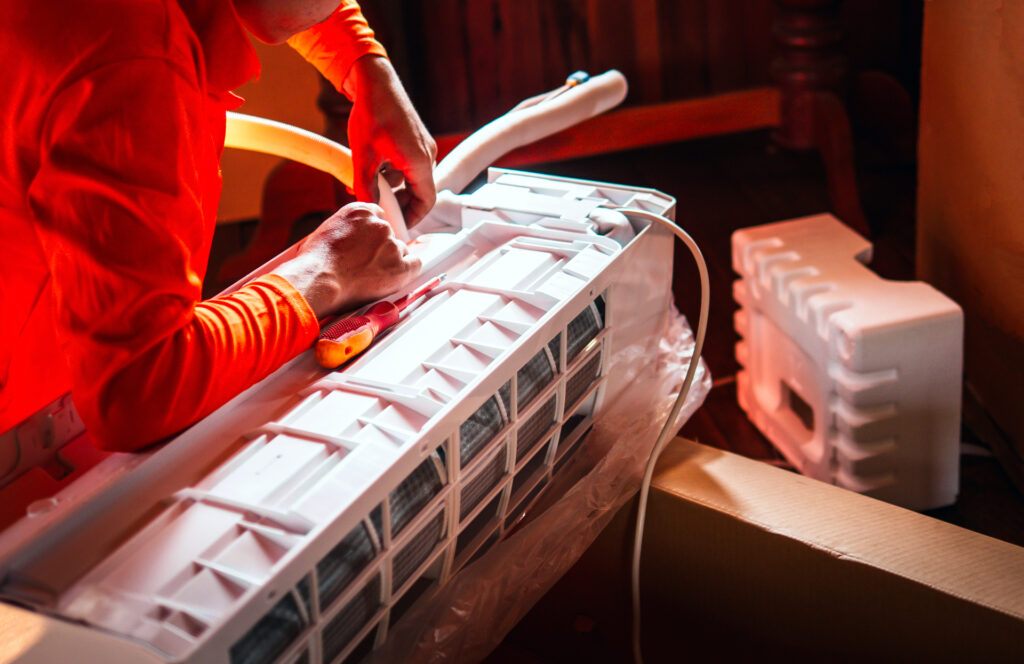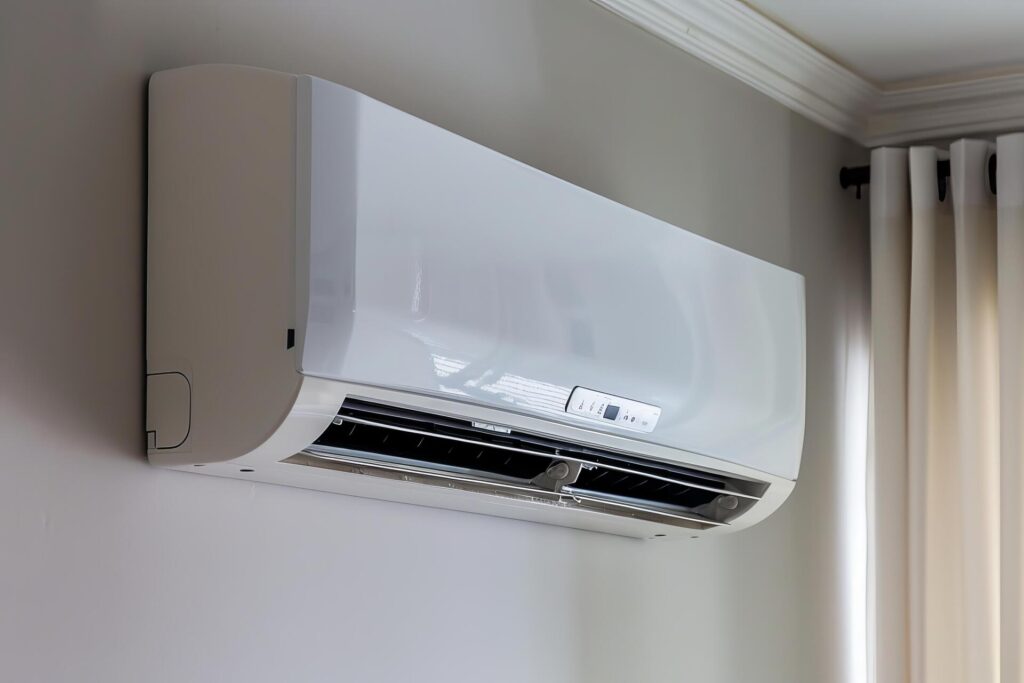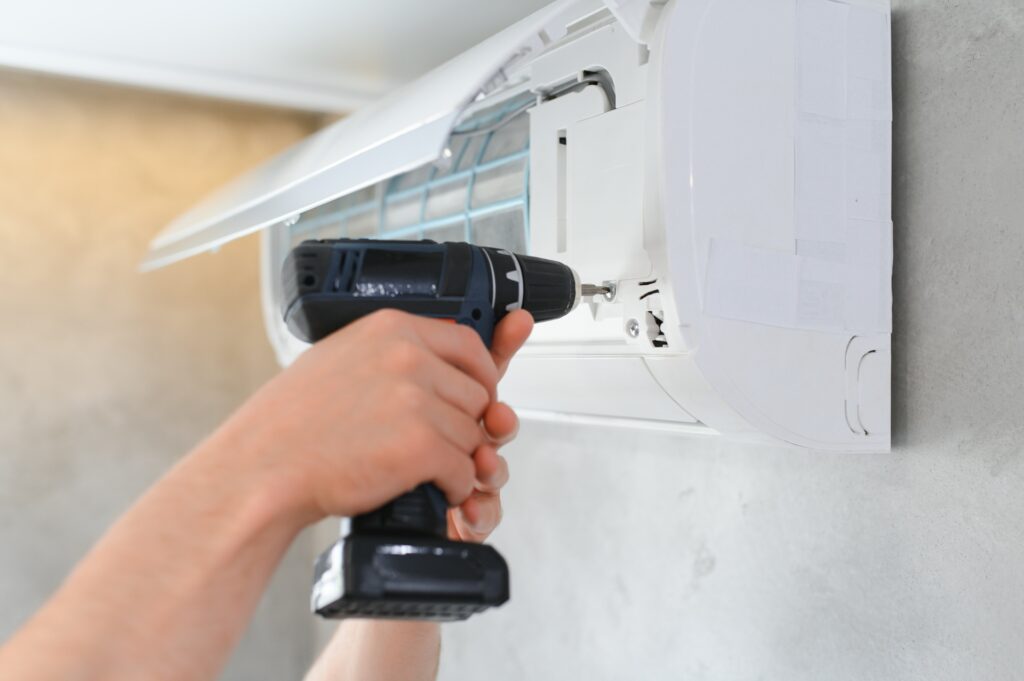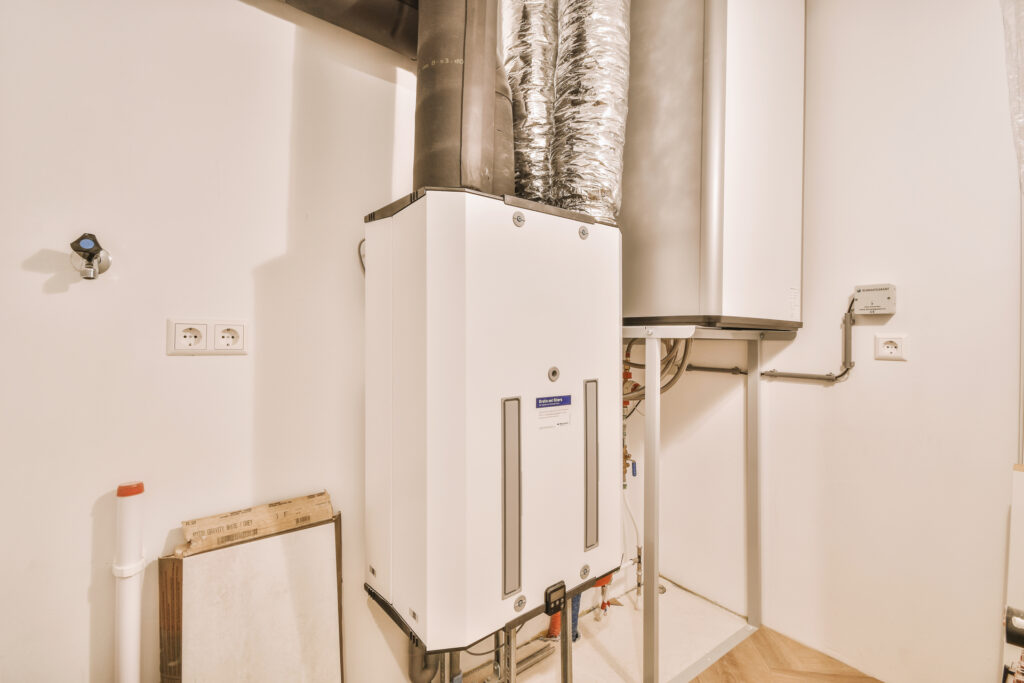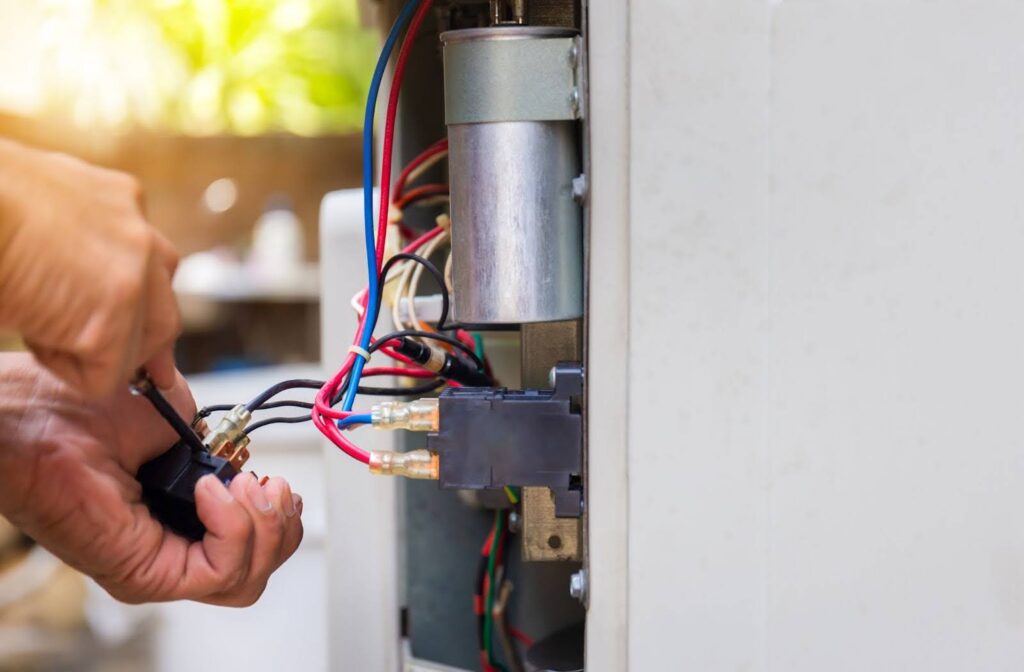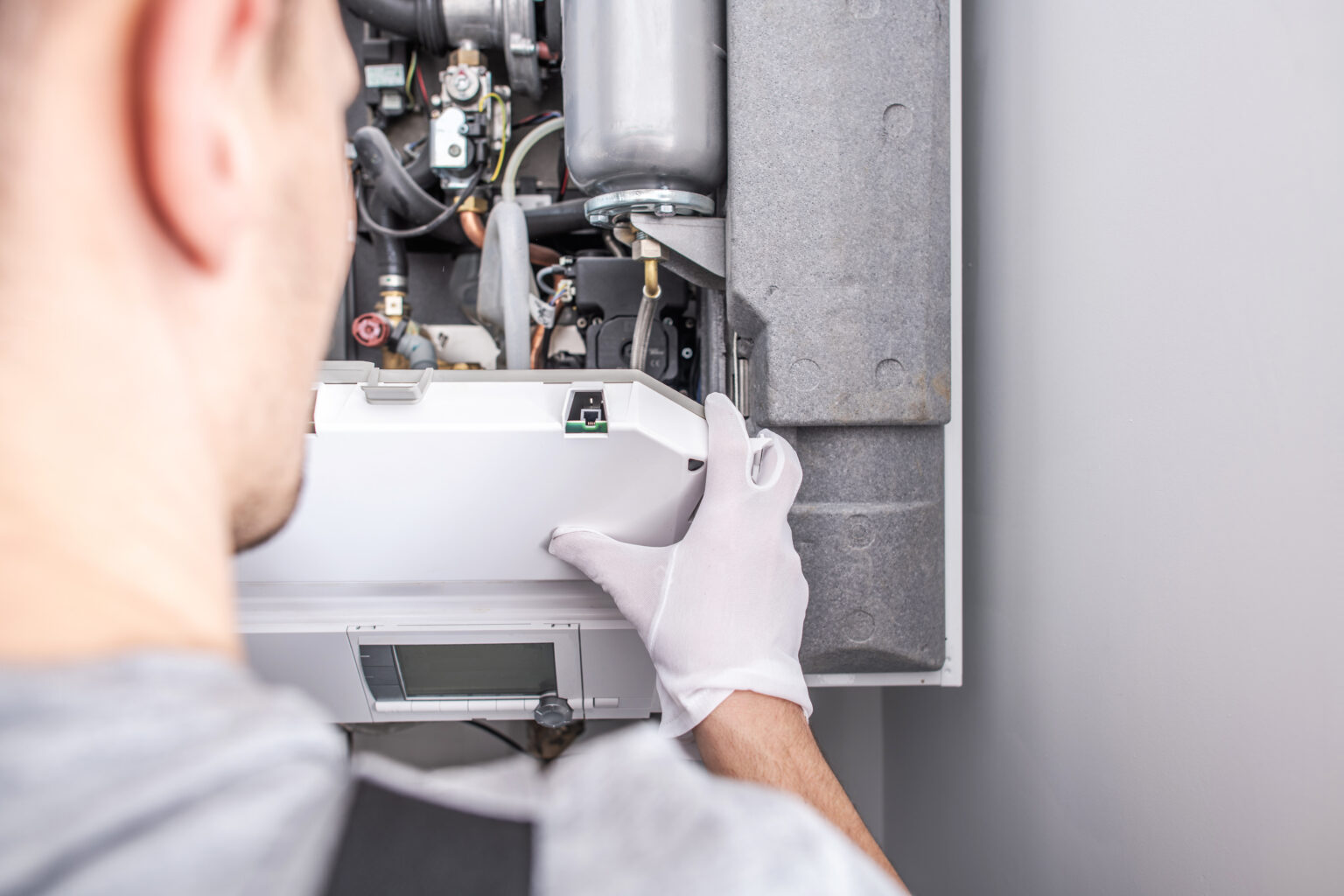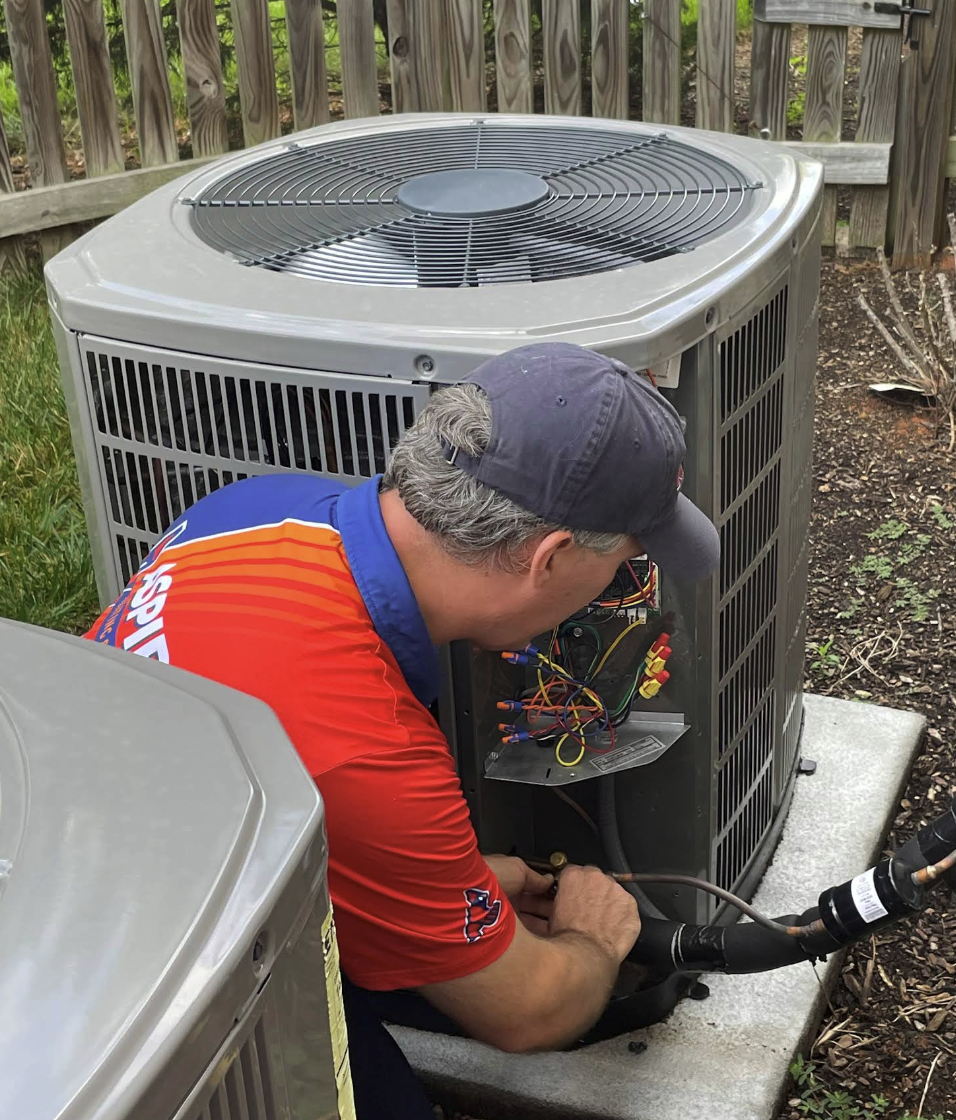Winter mornings in Winston-Salem have a way of revealing problems you’d rather not face, and discovering your furnace isn’t working properly ranks near the top of that list. The difference between a minor inconvenience and a major emergency often comes down to catching warning signs early. Your furnace communicates its distress in ways that are easy to miss if you don’t know what to look for, but learning to recognize these signals can save you from expensive repairs, uncomfortable nights, and potentially dangerous situations.
Unusual Noises That Demand Attention
Your furnace should operate with a consistent, relatively quiet hum during normal operation. When you start hearing sounds that stand out from this baseline, your heating system is trying to tell you something. A loud banging or popping noise when your furnace starts up often indicates that the burner is struggling to ignite properly, causing a small explosion of gas when it finally catches. This delayed ignition wastes fuel and puts unnecessary stress on your system’s components.
Screeching or squealing sounds typically point to problems with the blower motor or belt. Metal-on-metal scraping suggests that ball bearings in the blower mechanism have deteriorated, allowing components to rub together in ways they shouldn’t. Rattling noises might indicate loose ductwork, debris in the system, or a broken fan blade. While some of these issues might seem minor, ignoring persistent unusual sounds allows small problems to escalate into system failures that require much more extensive repairs.
Inconsistent Heating Throughout Your Home
Walking from one room into another shouldn’t feel like crossing climate zones. If you’re experiencing dramatic temperature differences throughout your Winston-Salem home, your furnace is struggling to do its job. Cold spots in certain areas while other rooms remain comfortable suggest that your heating system isn’t generating enough power to distribute warm air evenly. This problem often stems from a malfunctioning blower fan motor, which lacks the strength to push heated air through your entire ductwork system.
If your furnace isn’t producing warm air at all, the issue might lie with the heat exchanger or pilot light. Sometimes the problem is as simple as thermostat miscommunication—if your thermostat isn’t accurately detecting room temperatures or properly signaling your furnace, your heating system can’t respond appropriately. Regardless of the specific cause, a furnace that can’t maintain consistent temperatures throughout your home needs professional evaluation before the problem worsens.
Rising Energy Bills Without Increased Usage
Your monthly heating costs should remain relatively stable when your usage patterns stay the same. If you notice your energy bills climbing substantially despite using your furnace no more than usual, it’s a clear indication that your system is losing efficiency. Aging furnaces work progressively harder to achieve the same heating results, running longer cycles and consuming more fuel without delivering proportional warmth.
This inefficiency creates a frustrating cycle where you’re paying more for less comfort. Your furnace may be running almost continuously, yet your home never quite reaches the temperature you’ve set. The system is essentially working overtime to compensate for failing components or degraded performance, and every minute of extra runtime shows up on your utility statement. While a professional tune-up can sometimes restore lost efficiency, significant increases in energy consumption often signal that your furnace is approaching the end of its useful life.
Pilot Light Color Changes and Safety Concerns
If you have a gas furnace, the pilot light offers valuable visual information about your system’s health and safety. A properly functioning pilot light should display a vibrant blue flame that burns steadily. When you observe a yellow, orange, or flickering flame, your furnace is not burning gas completely or efficiently. This incomplete combustion creates two serious problems: it wastes fuel and produces carbon monoxide that may not be venting properly.
These aren’t issues to monitor casually or postpone addressing—they represent immediate safety concerns that require professional intervention. Carbon monoxide is an odorless, colorless gas that kills hundreds of Americans annually and sends more than 100,000 people to emergency rooms each year. Common symptoms include headaches, dizziness, weakness, nausea, and confusion—often described as flu-like symptoms that mysteriously improve when you leave your home. If you notice pilot light color changes accompanied by unexplained illness, shut off your furnace immediately and contact both a medical professional and an HVAC expert.
Excessive Dust and Poor Air Quality
A sudden increase in dust accumulation throughout your home, particularly when you notice it streaming from heat registers when your furnace kicks on, indicates that your heating system can no longer filter air effectively. As the system ages, its filtering capability diminishes even if you’re diligently changing air filters on the recommended schedule. The internal components themselves may be generating dust and debris that gets circulated into your living spaces—a common concern for North Carolina homeowners dealing with seasonal allergens.
This problem extends beyond annoying extra housework. Poor air quality affects everyone in your home, but particularly impacts family members with respiratory conditions, allergies, or compromised immune systems. Indoor air quality directly influences your daily comfort and long-term health, and a failing furnace that can’t properly filter air creates an environment where allergens and particles circulate freely. While changing your furnace filter more frequently might provide temporary relief, excessive dust production typically signals deeper system problems that require professional diagnosis.
Visible Signs of Wear and Deterioration
Sometimes the clearest indicators of furnace failure are the ones you can see with your own eyes. Examine the area around your furnace base for accumulations of soot, rust, or excessive dust. A properly functioning furnace produces minimal particulate matter, so substantial buildup suggests combustion problems or component deterioration. Rust on the flue pipe or around the furnace cabinet indicates moisture issues that shouldn’t exist in a healthy heating system.
The flue pipe deserves particular attention because it’s responsible for venting combustion byproducts safely out of your home. Any rust, cracks, or damage to this component compromises your system’s ability to expel dangerous gases like carbon monoxide. Water pooling around the base of your furnace indicates a leak in the condensation drainage system, common in high-efficiency models. Left unaddressed, these leaks damage your home’s structure and progressively destroy the furnace itself from the inside out.
Frequent Cycling and Short Bursts of Operation
Your furnace should run in steady, predictable cycles—turning on when temperatures drop below your thermostat setting, running long enough to heat your home adequately, then shutting off until needed again. When you notice your system turning on and off constantly in rapid succession, this short cycling indicates serious problems. Restricted airflow often causes this behavior, as the furnace overheats quickly and shuts down for safety before completing its heating cycle.
Short cycling might also result from an improperly sized furnace for your home. An oversized unit heats your home too quickly without running long enough to distribute warmth evenly, while an undersized system runs continuously without ever achieving comfortable temperatures. Thermostat malfunctions can trigger frequent cycling as well. Regardless of the cause, this pattern wastes energy, increases wear on components, and signals the need for professional evaluation.
Age and the Question of Repair Versus Replacement
Even the best-maintained furnace doesn’t last forever. Most heating systems reach the end of their reliable service life after approximately 15 to 20 years, though proper maintenance can extend longevity while neglect shortens it. If your furnace has been serving your North Carolina home for 15 years or more and you’re experiencing multiple warning signs from this list, you face an important decision about repair versus replacement.
Consider the pattern of your repair history. If you’re calling for service with increasing frequency and watching repair costs accumulate, you’re likely pouring money into a system that’s fundamentally wearing out. Many HVAC professionals recommend that if a repair costs more than half the price of a replacement furnace, and your system is already elderly, replacement makes better financial sense. A newer, more efficient furnace will deliver more reliable heating while reducing your energy costs. While air conditioning units typically last about 12 years, furnaces often serve longer, but that extended lifespan has limits that every homeowner eventually faces.
Strange Odors That Signal Problems
Your furnace may emit a brief burning dust smell when you first activate it at the start of heating season—this is normal as accumulated dust burns off the heat exchanger. However, if strong odors persist or you smell something that resembles burning plastic, your furnace has serious issues requiring immediate attention. Turn off the power to your heating system and contact an HVAC professional right away.
If you detect an odor like rotten eggs, recognize this as the chemical odorant that utility companies add to naturally odorless natural gas to warn you of leaks. This is an emergency situation. Leave your house immediately with all family members and pets, and call your gas company from outside. Once the gas company has secured the leak, you’ll need professional HVAC service to diagnose and repair whatever failure in your system allowed gas to escape.
What to Expect From Professional Evaluation
When you notice warning signs and call in HVAC experts, understanding the evaluation process helps you feel more confident about the visit. Professional technicians begin with a comprehensive inspection of your entire heating system. They’ll test your thermostat’s accuracy, inspect all electrical connections, examine the heat exchanger for cracks or damage, check the blower motor and fan components, evaluate your air filter and ductwork condition, and test combustion efficiency and safety features. Modern diagnostic equipment allows professionals to detect problems that aren’t visible to the naked eye, including heat exchanger cracks that could leak carbon monoxide.
After completing the inspection, your technician should provide a clear explanation of their findings, including which problems need immediate attention and what maintenance or repairs would benefit your system’s longevity. A reputable HVAC company will offer honest assessments about whether repair makes sense for your particular situation or if replacement would serve you better. This consultation should include cost estimates for recommended services and realistic expectations about your furnace’s remaining lifespan.
Taking Action Before Problems Escalate
Failing furnaces communicate their distress through sounds, performance problems, visible deterioration, and safety concerns. Every warning sign represents an opportunity to address problems before they escalate into emergencies that leave you without heat during the coldest Winston-Salem nights or create dangerous conditions. Early intervention almost always costs less than emergency repairs and prevents the kind of catastrophic failures that require complete system replacement on the worst possible timeline.
If you’ve recognized any of these warning signs in your own heating system, don’t wait for the situation to worsen. The professionals at Aspire Heating & Cooling have the expertise and equipment to accurately diagnose furnace problems and recommend solutions that protect both your comfort and your budget. Whether your system needs minor repairs, major service, or replacement, getting expert evaluation now gives you the power to make informed decisions on your own schedule rather than during a crisis.

